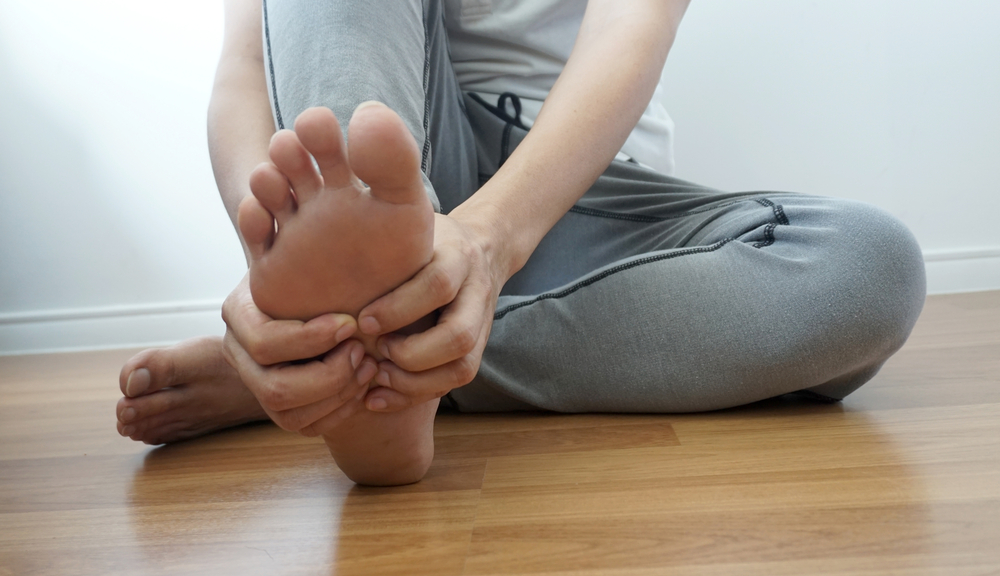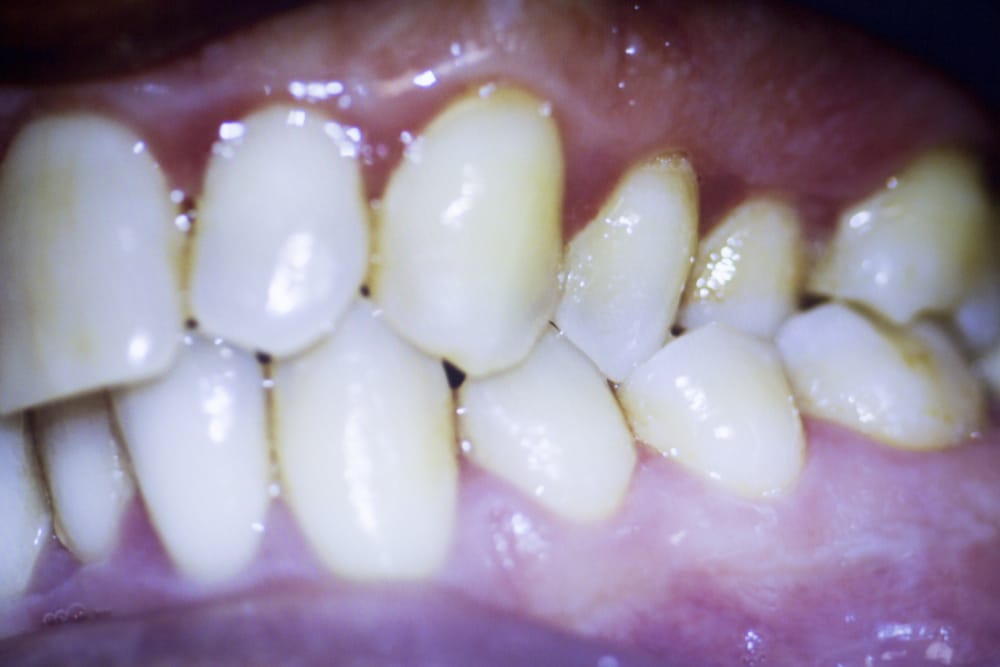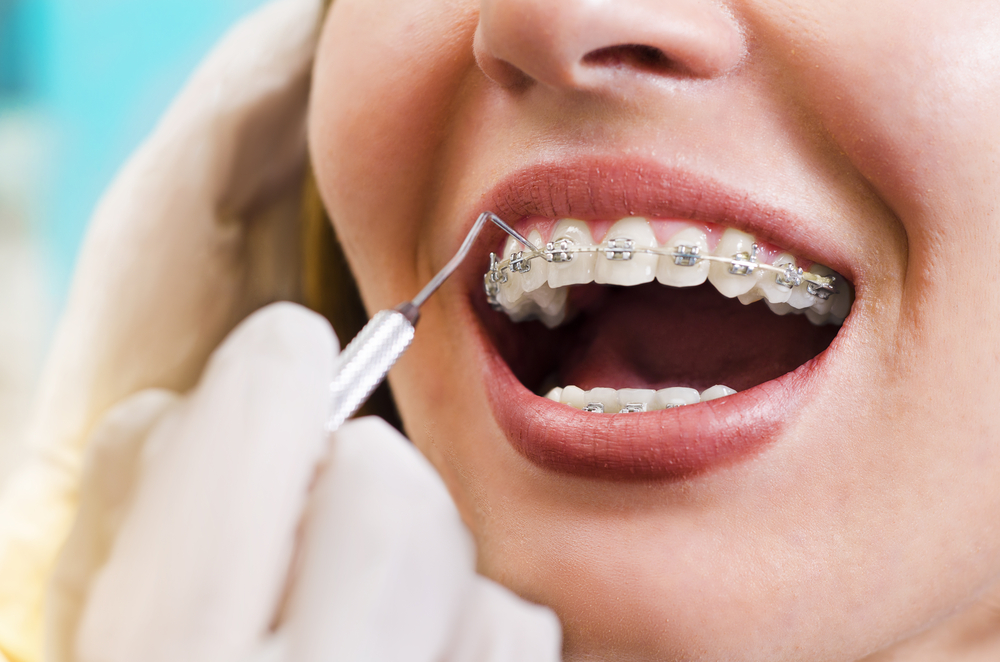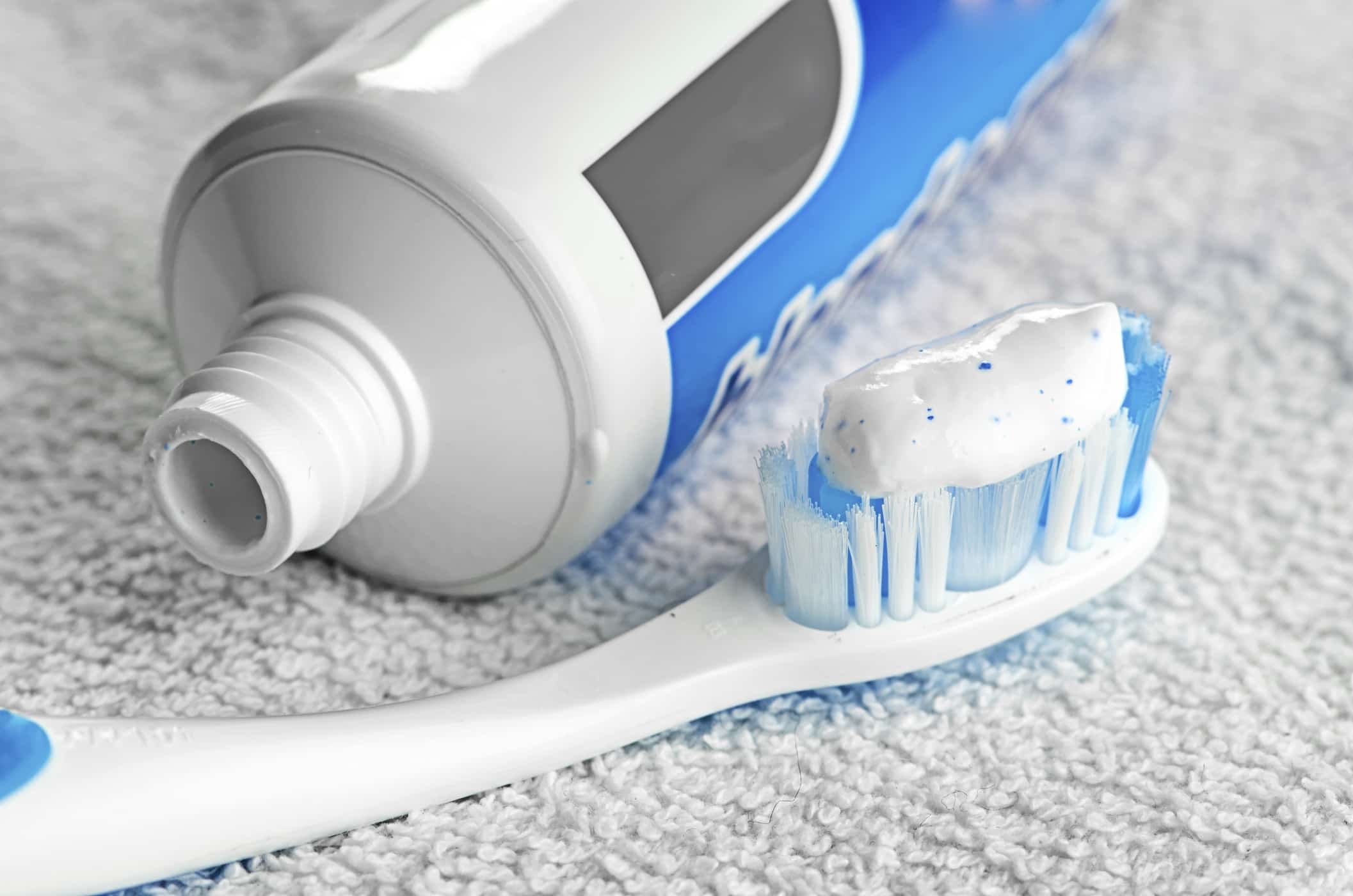Contents:
- Medical Video: Diabetic Neuropathy
- Why are diabetic wounds more difficult to cure?
- How to treat wounds if you have diabetes?
- 1. Immediately treated
- 2. Reduce pressure on the wound
- 3. Pay attention to signs of infection
- 4. Contact a doctor
Medical Video: Diabetic Neuropathy
Diabetic wounds have a longer healing period compared to wounds in healthy people. Even if not handled properly, injuries to someone who has diabetes can continue to spread until it ends with the treatment of amputation.
Why are diabetic wounds more difficult to cure?
The cause of diabetic wounds has a longer time to heal because of high blood sugar levels. High glucose (blood sugar) levels cause worsening blood circulation. Then, poor blood circulation inhibits blood flow to the skin needed to treat wounds.
As a result, injuries to someone who has diabetes remain open, wet, and difficult to cure for months. Open wounds will be at high risk of developing fungal infections, bacterial infections, or gangrene.
Diabetic wounds should never be neglected even if they are small because they can cause problems with the following:
- Numbness in some parts of the body. One of the complications of diabetes is nerve damage. If this happens, there is a possibility that the patient will experience numbness so that he does not feel pain when his body is injured. The patient just realized when the wound had deteriorated and had an infection.
- Narrowing of arteries. Diabetic wounds will be more at risk for those who experience narrowing of the arteries in the legs. Narrowing of arteries can inhibit blood supply to injured parts of the body. This can cause severe wound infections and complicate the healing process.
- Weak immunity of the body. Diabetic patients have the potential to have immunity that is not as optimal as healthy people in general. This weakening of the natural immune system can cause infections in even small wounds.
How to treat wounds if you have diabetes?
Because the risks that may come from injury in diabetics can be dangerous, then the following things should be done as soon as the diabetes patient gets a wound.
1. Immediately treated
The best thing to do when getting a wound is to immediately take care. The first step that can be done is to clean the wound from the dirt with running water. Next, clean the area around the wound with soap and water every day. After cleaning, dry and apply antibiotic ointment so the wound is free of germs.
2. Reduce pressure on the wound
Avoid placing emphasis on the wound area. Reduced pressure allows the wound to heal faster. If the wound is on the sole of the foot, you should use a soft pad so that the patient does not step on the affected area.
3. Pay attention to signs of infection
Infection of the diebetes wound occurs not without symptoms. Symptoms can be pain, redness or warmth. In addition to the above signs, infection can also be characterized by watery wounds.
4. Contact a doctor
If the wound does not improve within 48 hours, the patient is advised to immediately contact a doctor. If this is not done, the fear of injury will develop so that it becomes more difficult to deal with.
In addition to treating wounds as suggested above, diabetics can also apply a healthy diet to speed healing. Good wound care requires good nutritional support. Therefore, prioritizing healthy food is highly recommended. Important nutrients, including protein, which is one of its functions is to repair damaged skin and tissue.
In order for blood flow to flow more smoothly so that diabetic wounds heal more easily, then patients should also exercise regularly. Exercise will help stimulate and maintain blood flow to stay good. But especially for patients who have cuts on the soles of the feet, wait for the wound to heal first before starting to exercise.
No less important to protect yourself and your family with health insurance, so that the treatment of diabetes and complications that occur due to diabetes can be treated as soon as possible by the best medical team, without the need to delay due to financial limitations.












